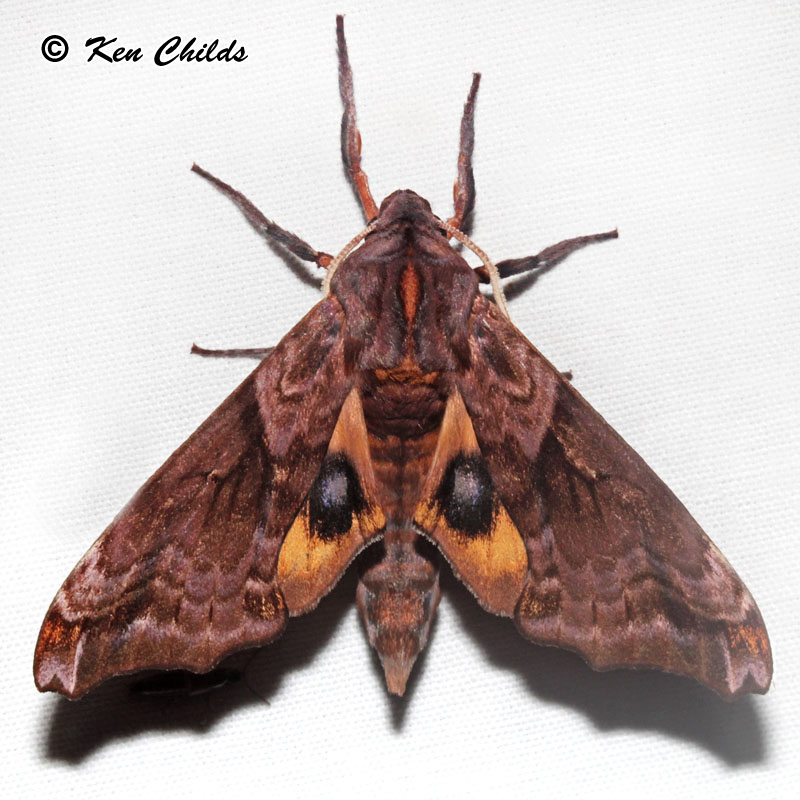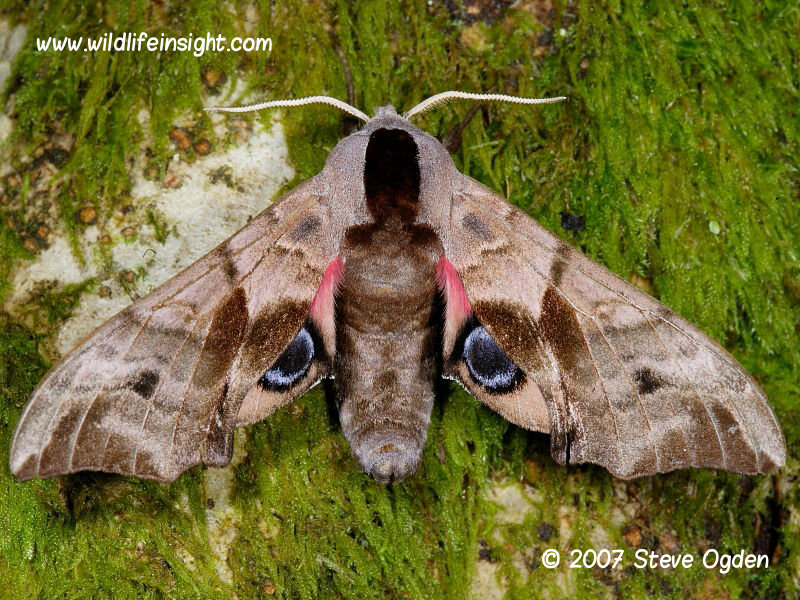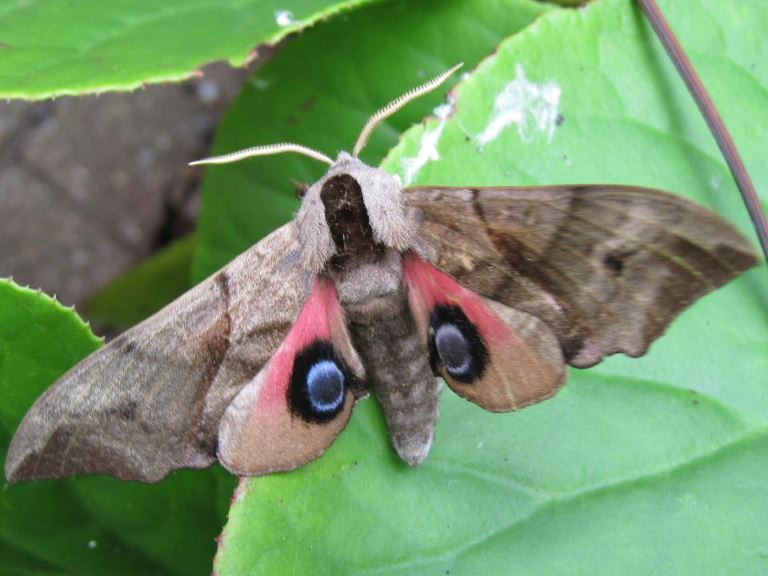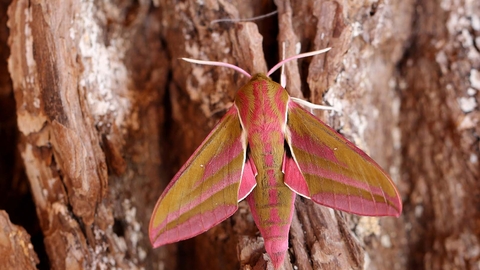Eyed Hawk-moth Butterfly Conservation

Eyed Hawk-moth Butterfly Conservation
The adults come to light, but do not feed. They overwinter as shiny black/brown pupae, below or near the larval foodplant. The caterpillars can be seen from June to September and resemble the Poplar Hawk-moth caterpillar, apart from the bluish-coloured spike at the rear. Flight Season Flies from May to July in one generation. Size and Family Family - Hawk-moths (Sphingidae) Large Sized Wingspan Range - 70-80mm Conservation Status UK BAP: Not listed Common Caterpillar Food Plants Sallows, Apple (Malus domestica), wild and ornamental Crab Apple (Malus sylvestris), less common on poplars and Aspen (Populus tremula). Habitat Gardens, orchards, woodland, suburban localities and places where willows grow e.g. parks, riversides, fens and scrub. Distribution Countries – England, Wales, Ireland Common. Well distributed throughout England and Wales as far north as Cumbria, local on Isle of Man, widely distributed but occasional in Channel Isles.

Eyed Hawk Moth Pupae (Smerinthus ocellata) — Bugs & Butterflies UK

Small-eyed sphinx Paonias myops (J.E. Smith, 1797)

Eyed Hawkmoth and caterpillar, Smerinthus ocellata

Popular Hawk-moths

Russian hawkmoths: Northern Eyed Hawkmoth - Smerinthus caecus (Sphingidae)

Eyed Hawk Moth– Identification, Life Cycle, Facts & Pictures

One-eyed sphinx Smerinthus cerisyi Wm. Kirby, 1837

Eyed Hawk moth

Survival Tricks of Butterflies and Moths

Eyed hawk-moth (Smerinthus ocellatus) - JungleDragon


